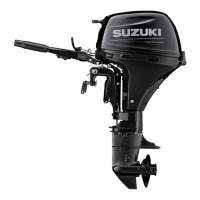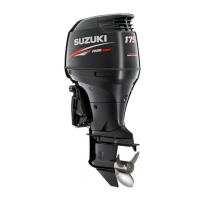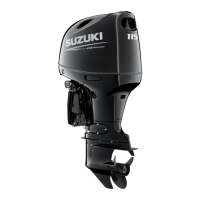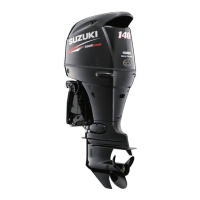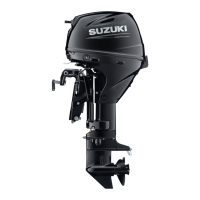3
NOTE:
Mounting radio transceiver or navigational
equipment antennae too close to the engine
cowling can cause electrical noise interference.
Suzuki recommends that antennae be mounted
at least one meter (40 inches) away from the
engine cowling.
• Never remove the flywheel cover (except for
when emergency starting).
This manual should be considered a per-
manent part of the outboard motor and
should remain with the outboard motor
when resold or otherwise transferred to a
new owner or operator. Please read this
manual carefully before operating your
new Suzuki and review the manual from
time to time. It contains important infor-
mation on safety, operation, and mainte-
nance.
FOREWORD
Thank you for choosing a Suzuki outboard
motor. Please read this manual carefully and
review it from time to time. It contains important
information on safety, operation, and mainte-
nance. A thorough understanding of the infor-
mation presented in this manual will help you
experience safe, enjoyable boating.
All information in this manual is based on the
latest product information available at the time
of publication. Due to improvements or other
changes, there may be discrepancies between
this manual and your outboard motor. Suzuki
reserves the right to make changes at any time
without notice.
